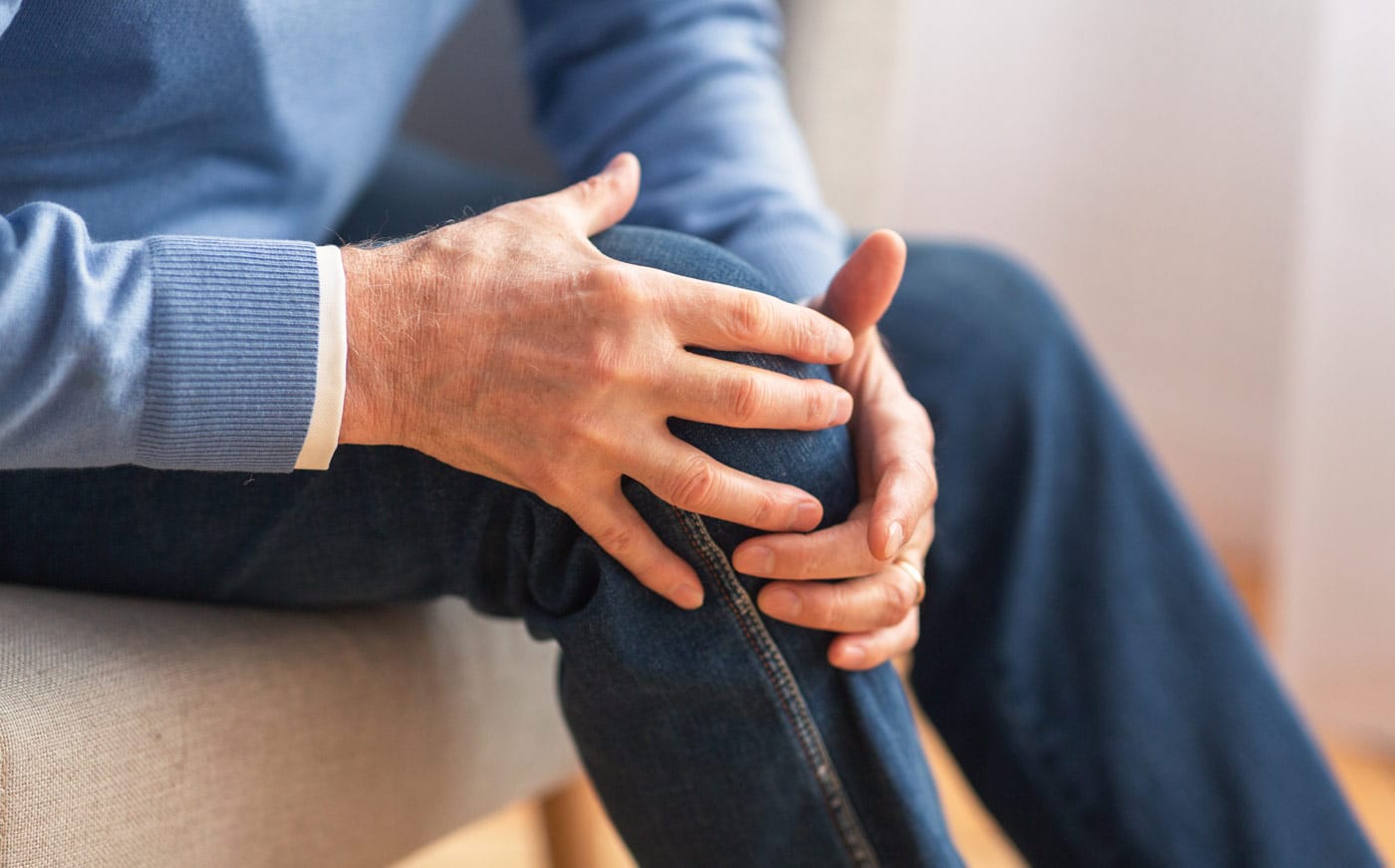 Do any of these scenarios sound familiar:
Do any of these scenarios sound familiar:
- You jump out of bed to shut off the alarm and wince as soon as you hit the floor.
- You may have been overzealous in that pickup basketball game with the guys after work, and now you feel a distinct pain on the outside of your left knee.
- You’re working in your garden, kneeling on the kneeling pad and giving the soil a good turning, but when you stand up, everything below the area of a modest skirt is creaking, rubbing, and aching uncomfortably.
You need to explain the types of knee pain you’re experiencing with your medical professional at the Southeastern Spine Institute (SSI). In addition to ordering x-rays and other tests, your doctor assesses the knee pain you’re having by listening to you describe your pain and watching you walk across the exam room floor. Your SSI team also evaluates your gait to see if you’re pronating, which leads to undue stress on a knee joint.
What the Medical Professional Evaluates
Since there are so many causes of knee pain, ranging from chronic conditions such as arthritis to acute injuries like torn tendons, your doctor considers a complete range of issues before recommending treatment. Some of the types of knee pain that can prove to be limiting include:
- A torn cartilage that’s usually characterized by pain on the inside or outside of a knee
- Bursitis, which leads to inflammation often caused by long periods of kneeling or repeated pressure
- A strain or sprain that can result from sudden twisting
- Osteoarthritis, which is a wear-and-tear condition that occurs over time as you age
- Dislocation of the kneecap, often the result of a hard impact or fall
- Patellar tendinitis or inflammation of fibrous connecting tissue called tendons that’s also the result of overuse for long periods of time
- Medical conditions such as gout, cancer or rheumatoid arthritis
More about Pronating
It’s natural to try and compensate when your normal gait causes discomfort in your knees. Examine your favorite shoes and you’ll see from the wear and tear if your feet are favoring leaning into the arches and thus causing more stress on your knees. Good footwear that supports the proper foot placement encourages knee health, especially if you have an ongoing medical condition such as osteoarthritis.
Good footwear also provides support if you work on your feet and suffer from aching knee joints at the end of the day. Knee pain is one of the most common medical ailments in the world. Doing what you can to prevent inflammation by walking and moving correctly and using proper body mechanics helps you manage pain or often avoid it all together.
Managing Ongoing Pain
When pain in a knee joint does flare up, come see a specialist at SSI. Depending on the type of knee pain your doctor diagnoses, you may be advised to treat it with conservative techniques first, such as with the R.I.C.E. method, which stands for:
- Rest
- Ice
- Compression
- Elevation
Your physical therapist works with you to select a good knee wrap or brace. For certain types of knee pain, if you sleep on your side, you can minimize strain on a sore knee by using a bolster or pillow between your knees. Pressing your knees inward while going up and down stairs helps with wobbly knees that feel the stress from the added exertion.
Types of Knee Pain Treatment
When at-home efforts don’t produce significant results or if your knee condition worsens, your SSI knee pain team has a number of safe alternatives for treatment that may include:
- Physical therapy
- Trigger point injections
- Facet joint injections
- Stem cell therapy
- Minimally invasive arthroscopic surgery
